KATSINA, Nigeria – A devastating wave of child malnutrition is sweeping across northern Nigeria, with Médecins Sans Frontières (MSF) reporting that 652 children have died from severe acute malnutrition in Katsina State alone in the first half of 2025. The alarming death toll, which MSF says exceeds all projections, is the result of deep cuts to international aid combined with worsening insecurity and economic hardship in the region.
“We are currently witnessing massive budget cuts, particularly from the United States, the United Kingdom, and the European Union, which are having a real impact on the treatment of malnourished children,” said MSF in a statement on Friday. The organisation has sounded the alarm over the rapidly deteriorating humanitarian situation in northern Nigeria, a crisis it says is escalating at unprecedented speed.
An Emergency Unfolding: 70,000 Children Treated, Thousands Hospitalised:
Between January and June 2025, nearly 70,000 children with acute malnutrition were treated at MSF-run centres in Katsina State, including almost 10,000 hospitalised in critical condition. The number of children suffering from nutritional oedema, the most severe and life-threatening form of malnutrition, has surged by 208% compared to the same period last year.
“This year alone, 652 children have already died in our facilities because they couldn’t get timely access to care,” said Ahmed Aldikhari, MSF’s Nigeria country representative. “And this is only the tip of the iceberg.”
MSF’s operations in northern Nigeria now cover several states, including Sokoto, Kebbi, and Zamfara, where the scale of need is similarly overwhelming. In Kebbi State, MSF reported a 74% increase in malnourished children admitted to therapeutic feeding centres in the first half of 2025. The numbers are staggering: from January to May, 24,784 children were admitted to inpatient feeding centres, while over 107,000 were treated in outpatient programmes.
Starving Mothers, Empty Clinics:
The impact of the crisis extends beyond children. In a recent MSF screening across malnutrition treatment centres in Katsina, more than half of the 750 mothers accompanying malnourished children were themselves found to be acutely malnourished. About 13% were classified as severely malnourished, a grim indicator of the cascading effects of food insecurity across generations.
A food security survey in Kaita, Katsina State, earlier this month revealed that over 90% of households had already reduced daily meals before the traditional lean season had begun. This is despite food being available in markets, a sign that economic collapse, not food scarcity, is driving the crisis.
“An increasing number of people can no longer afford to buy food, even though food is available,” said Aldikhari.
WFP Aid Suspension Threatens 1.3 Million:
The situation may soon become even more catastrophic. Earlier this week, the World Food Programme (WFP) announced that it will be forced to suspend emergency food and nutrition aid to 1.3 million people in northeast Nigeria by the end of July due to “critical funding shortfalls.”
“This is not a choice we want to make,” said Margot van der Velden, WFP’s regional director. “But without immediate additional funding, we will face the heartbreaking reality of having to suspend humanitarian aid in areas devastated by conflict.”
The consequences are dire: WFP warns that 150 nutrition clinics in Borno State may close, 300,000 children could face life-threatening malnutrition, and 700,000 displaced people will be left “With No Means Of Survival.”
A Crisis Fueled By Insecurity, Displacement, And Donor Fatigue:
The crisis is compounded by spiralling insecurity. Katsina, like many parts of northern Nigeria, has been ravaged by armed banditry, forcing families to flee their homes and abandon farming, the region’s main source of food and income. Local vigilante groups and overstretched government forces have been unable to contain the violence.
“The impact of conflict and displacement on food production cannot be overstated,” said Emmanuel Berbain, MSF’s nutrition referent. “When families can no longer access their land, the cycle of hunger is guaranteed.”
At the same time, a decade-long insurgency in Nigeria’s northeast has crippled healthcare systems, disrupted vaccination campaigns, and triggered repeated disease outbreaks, particularly measles and cholera, both deadly for undernourished children.
Meanwhile, donor fatigue is growing. The United States Agency for International Development (USAID), historically one of the largest humanitarian donors in Nigeria, has seen major funding cuts under the Trump administration, which has accused USAID of inefficiency and politicisation. Other Western donors have followed suit, slashing aid budgets in the face of domestic economic pressures.
In response, the Nigerian government has allocated 200 billion naira ($130 million) to mitigate the withdrawal of international health sector support. But critics argue that without structural reform, accountability, and prioritisation, the government’s efforts are unlikely to stem the tide.
A National Emergency, But Global Neglect:
Nigerian Vice President Kashim Shettima recently acknowledged the magnitude of the crisis, calling it a “national emergency” and warning that malnutrition is robbing nearly 40% of Nigerian children under five of their full cognitive and physical potential.
Yet humanitarian agencies warn that the international response remains woefully inadequate.
“This is not just a local emergency, it is a preventable tragedy playing out in real time, enabled by global indifference,” said one MSF official. “The solutions exist. What’s missing is the political will and financial commitment.”
MSF has ramped up its emergency response in Katsina, opening new outpatient feeding centres in Mashi and additional inpatient units in Turai, increasing bed capacity to 900. But the organisation says it is reaching its operational limits.
“The most urgent way to reduce the risk of immediate death from malnutrition is to ensure families have access to food,” said Berbain. “This can be achieved through large-scale food distributions, nutritional supplements, or cash support, but it must happen now.”
A Looming Catastrophe Without Intervention:
With the lean season now underway and more donor withdrawals on the horizon, humanitarian groups are warning that thousands more children maydie in the coming months unless emergency funding is restored and security conditions improve. “What we are seeing today in Katsina may soon become the reality across much of Nigeria’s north,” said Aldikhari. “If the world does not act, we will be mourning thousands more children, children whose deaths were entirely preventable.”
Tags:
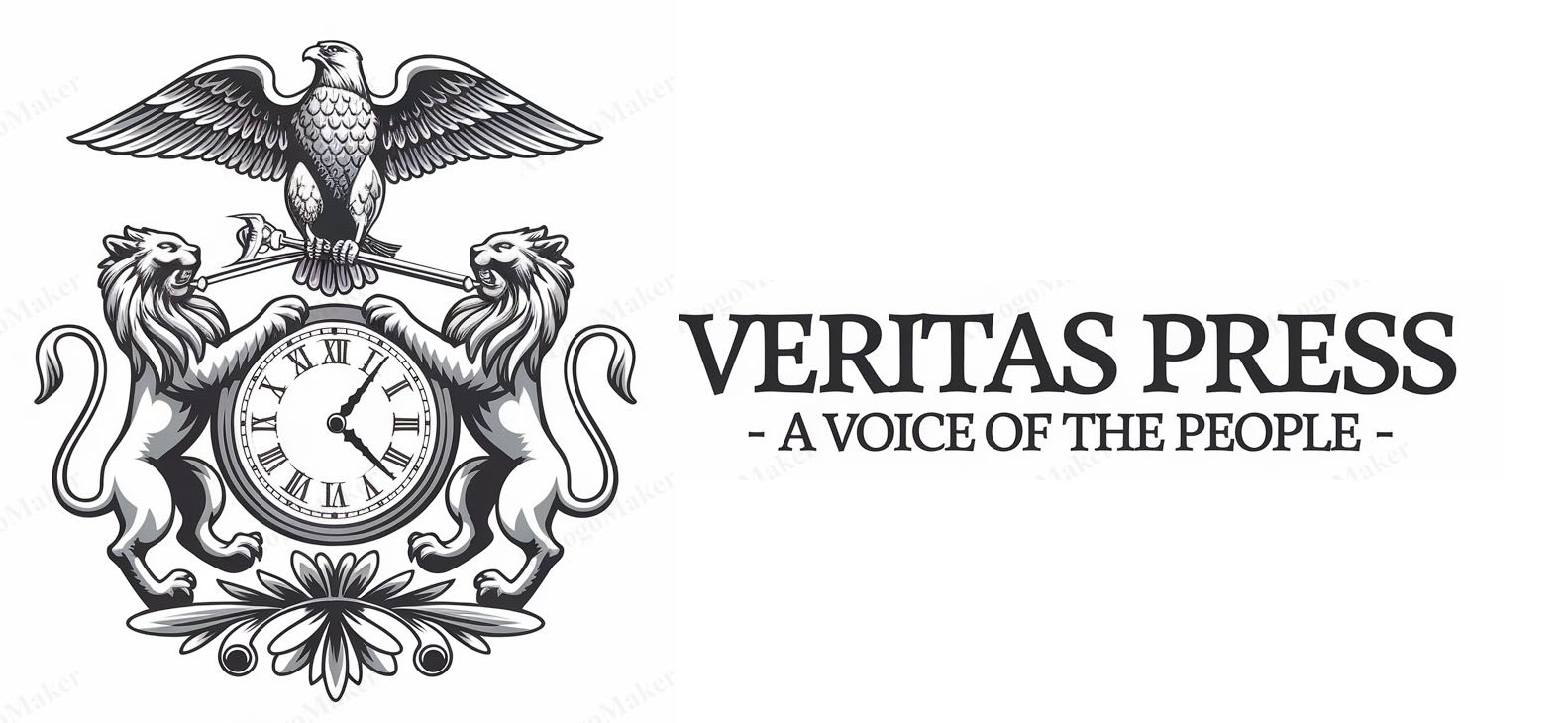







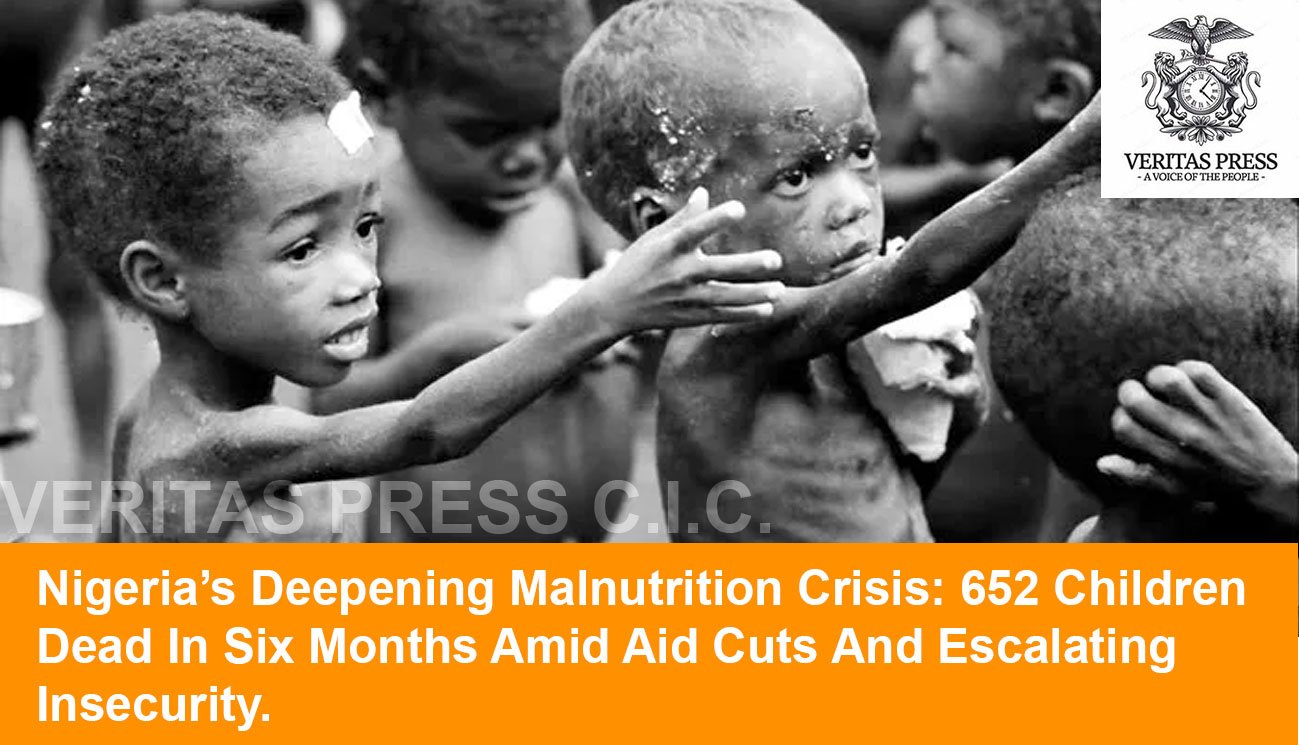


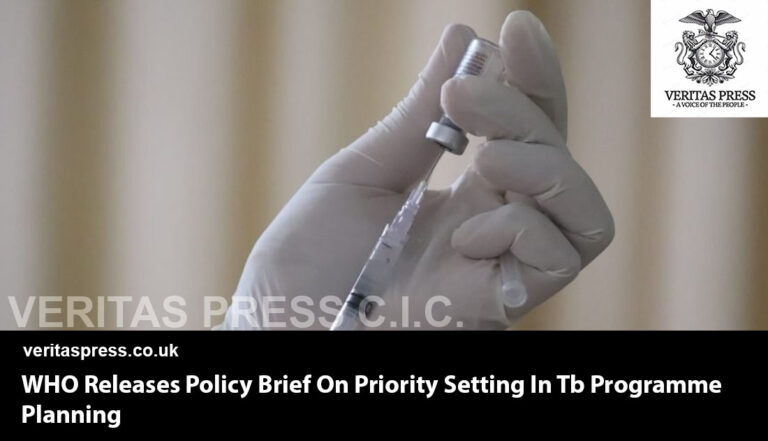







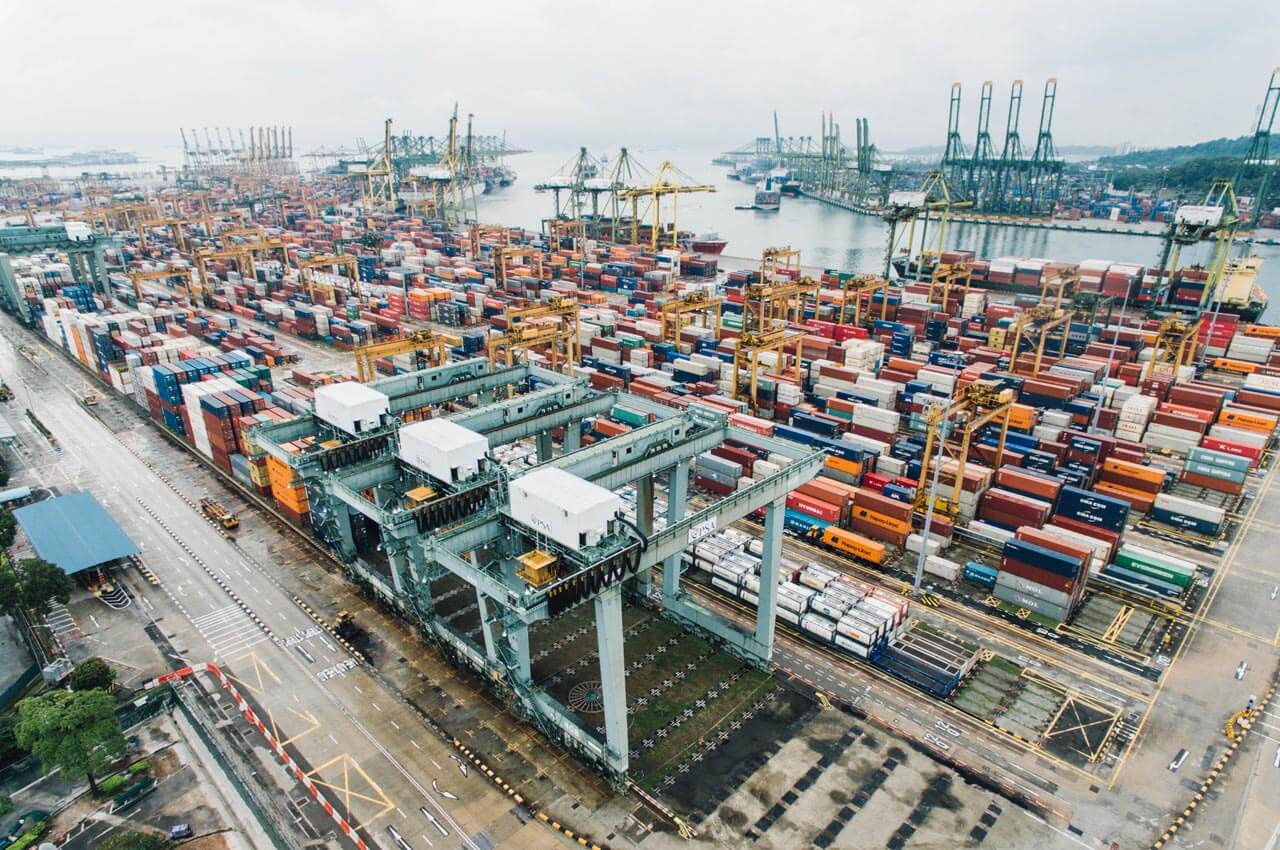

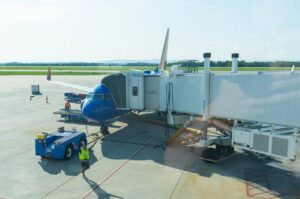






Leave a Reply